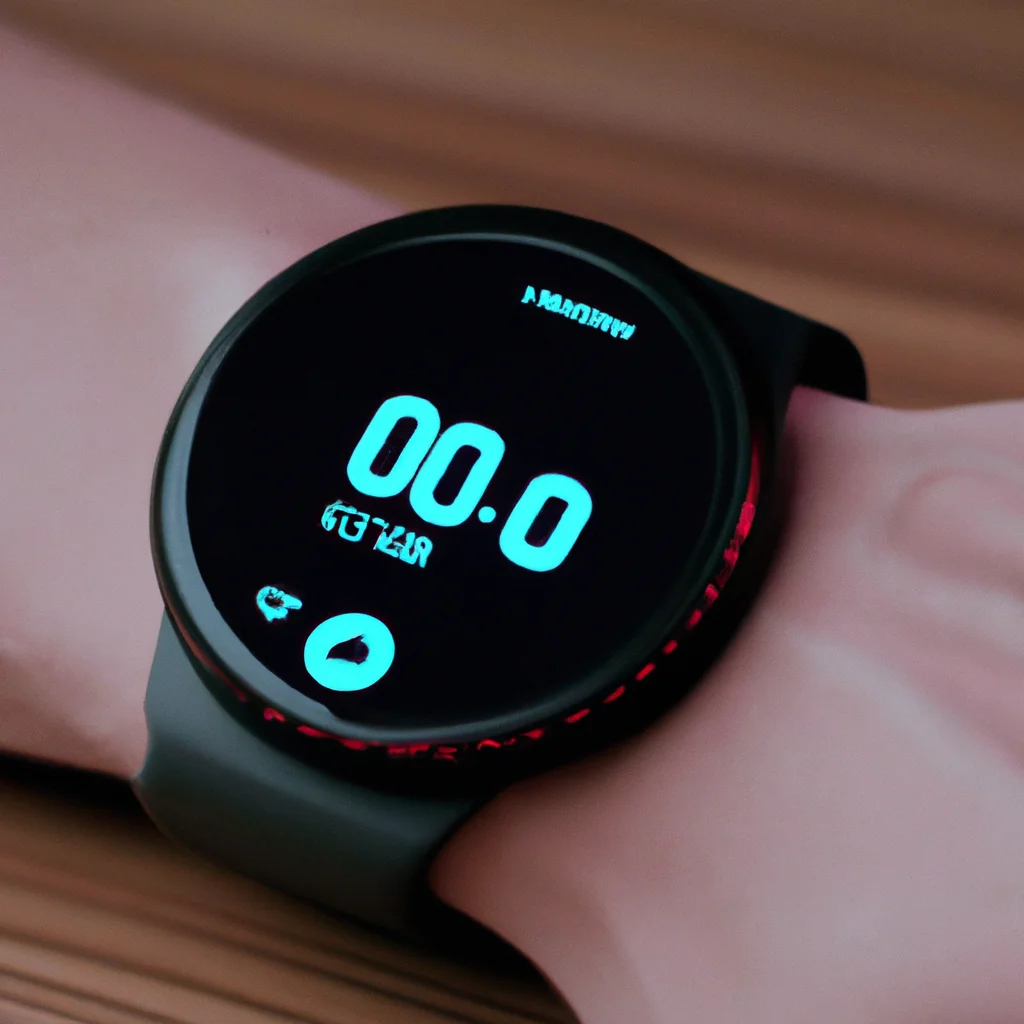How does a smart watch measure heart rate?


How does a smart watch measure heart rate?
Smartwatches have become ubiquitous in the wearable technology market, with features that go beyond telling time. These devices can monitor health metrics such as heart rate, steps taken, and distance traveled, among others. Heart rate monitoring is among the most common features of smartwatches, and in this article, we will explore how a smartwatch measures heart rate.
Smartwatch Features
Before diving into heart rate monitoring, let’s first have a look at smartwatch features. Smartwatches are wearable gadgets that have been designed to make life easier. They can perform a wide range of functions, including:
- Timekeeping
- Phone notifications
- GPS tracking
- Music playback
- Payment processing
- Health monitoring
The health monitoring feature is what we will be focusing on in this article, specifically heart rate measurement.
Heart Rate Sensor
To measure heart rate accurately, smartwatches are equipped with heart rate sensors. These sensors use photoplethysmography (PPG) technology to measure heart rate. PPG is a non-invasive optical technique that measures blood flow by detecting changes in light absorption caused by pulsatile blood volume changes in the microvascular bed of tissues.
The heart rate sensor on a smartwatch consists of two components; an LED light source and a photodetector. The LED light source illuminates the skin on the wrist, and the photodetector receives the reflected light. The photodetector measures the amount of light absorbed by the blood flowing through the capillaries under the skin. As the heart beats, blood volume increases and decreases, causing a change in the amount of light absorbed. This change in light absorption is detected by the photodetector, and heart rate is calculated based on the time between each beat.
Health Monitoring
Smartwatches have become popular fitness trackers, and they can monitor various health metrics. Heart rate monitoring is an essential part of health monitoring, and it can provide insights into your overall health and fitness level. A smartwatch can monitor your heart rate throughout the day, and this data can be used to track your fitness progress.
Pulse Monitoring
Pulse monitoring is a function that measures your heart rate in real-time. It is commonly used during exercise to ensure that you are working out at the right intensity. A smartwatch can monitor your heart rate during exercise and provide real-time feedback on your heart rate.
Activity Tracker
A smartwatch can function as an activity tracker, monitoring your physical activity throughout the day. It can track steps taken, distance traveled, and calories burned. Heart rate monitoring is an essential part of activity tracking, as it can provide insights into your fitness level and help you track your progress over time.
Conclusion
In conclusion, a smartwatch measures heart rate using a heart rate sensor that utilizes PPG technology. The sensor consists of an LED light source and a photodetector, which work together to measure changes in blood flow and calculate heart rate. Heart rate monitoring is an essential part of health monitoring and fitness tracking, and a smartwatch can provide real-time feedback on your heart rate during exercise and track your progress over time. As wearable technology continues to evolve, we can expect even more advanced features in the future.
Recent Posts
How do I create an engaging and informative online quiz or assessment?
Creating an engaging and informative online quiz or assessment can be a powerful tool for… Read More
What are the most effective methods for managing and reducing work-related stress in the hospitality industry?
Work-related stress is a common issue in the hospitality industry, where employees often face long… Read More
How can I improve my assertiveness and communication skills in a leadership position?
In a leadership position, assertiveness and effective communication skills are crucial for success. Being able… Read More
What are the key elements of a successful employee recognition and rewards program?
Employee recognition and rewards programs play a crucial role in motivating and engaging employees, as… Read More
How do I effectively manage and respond to customer feedback and reviews?
Customer feedback and online reviews play a crucial role in shaping a company's reputation and… Read More
What are the best strategies for effective time management as a stay-at-home parent?
Effective time management is crucial for stay-at-home parents who juggle multiple responsibilities on a daily… Read More